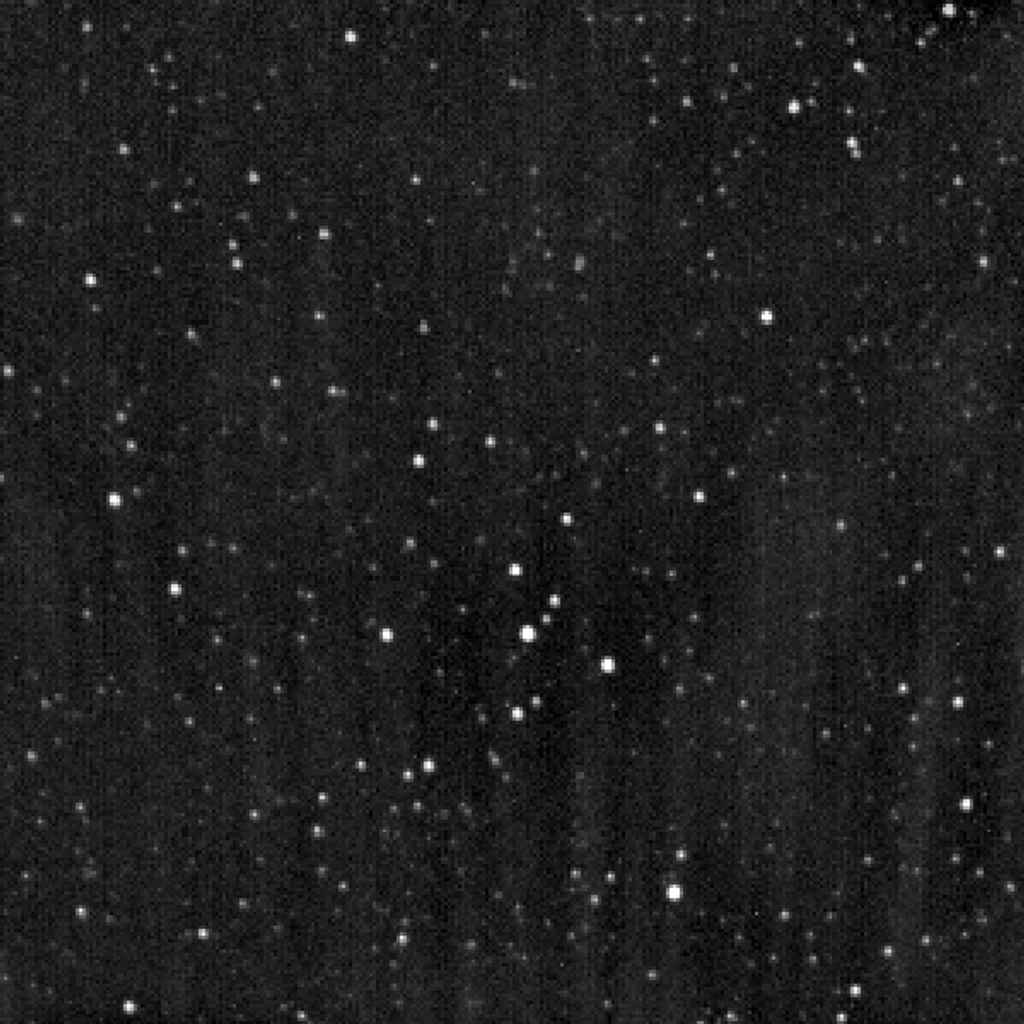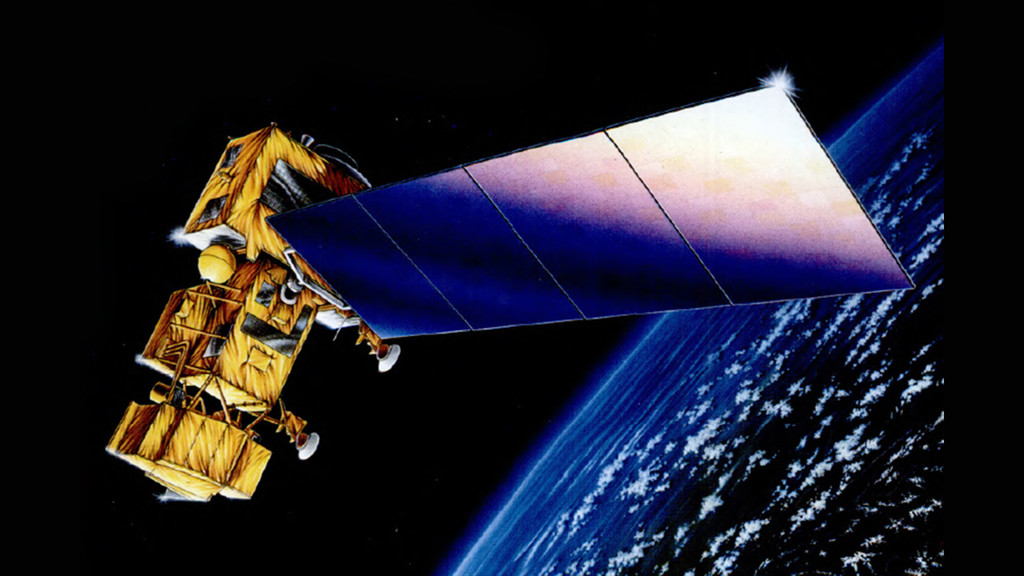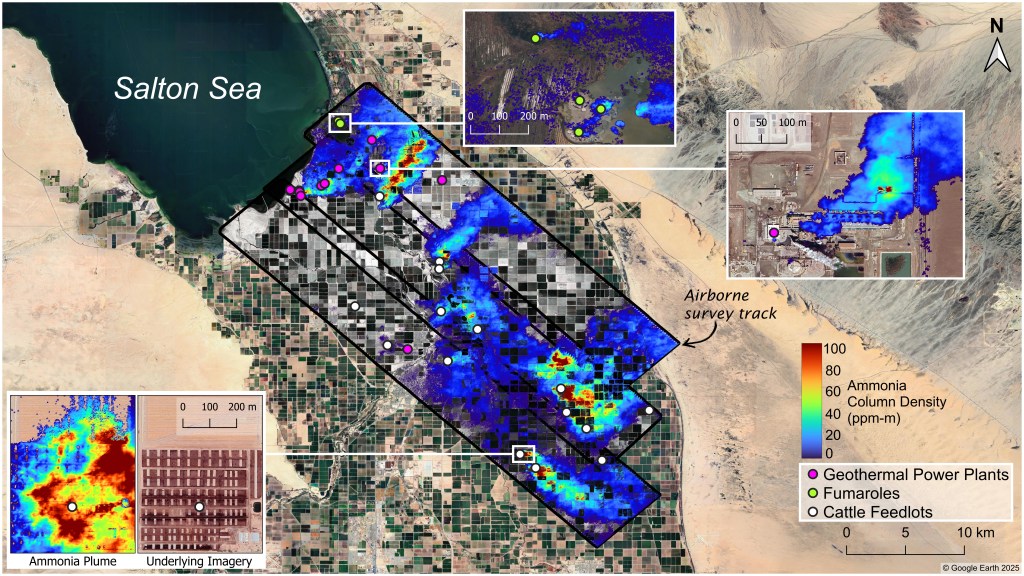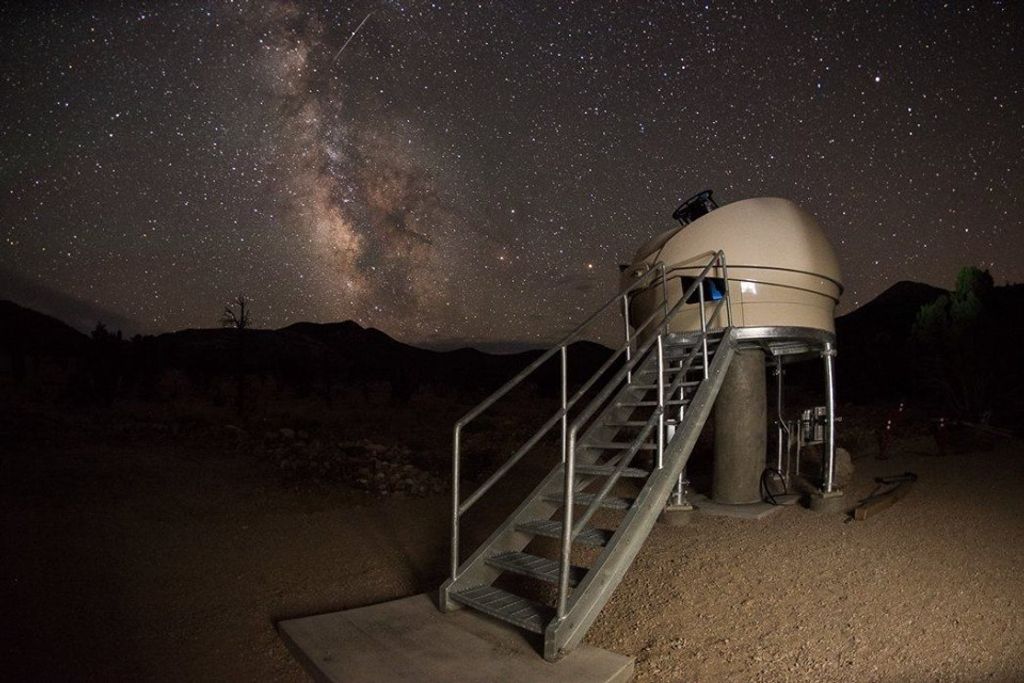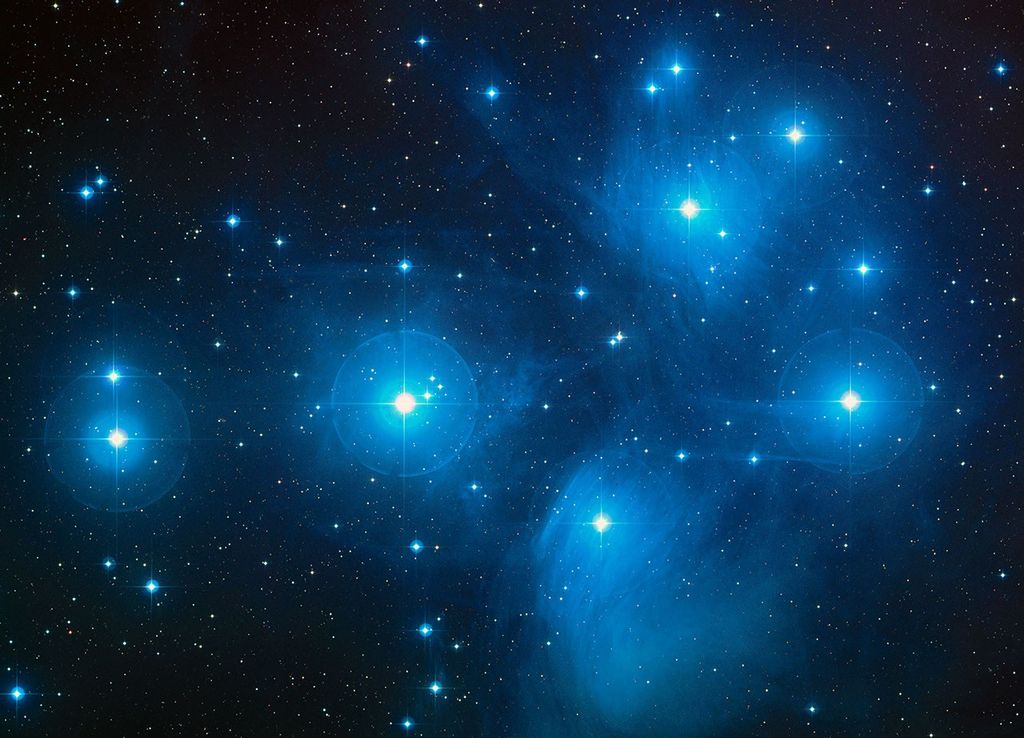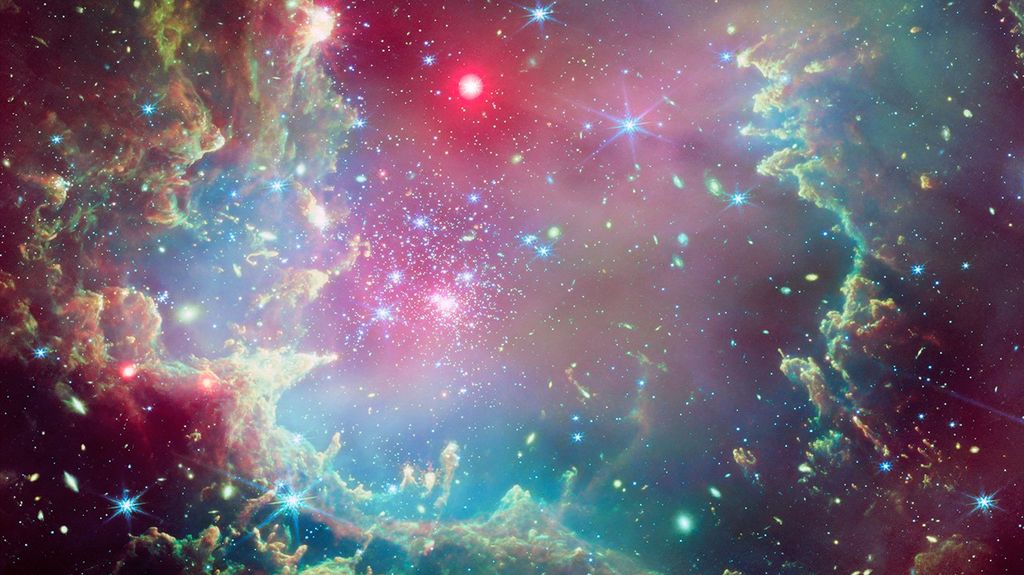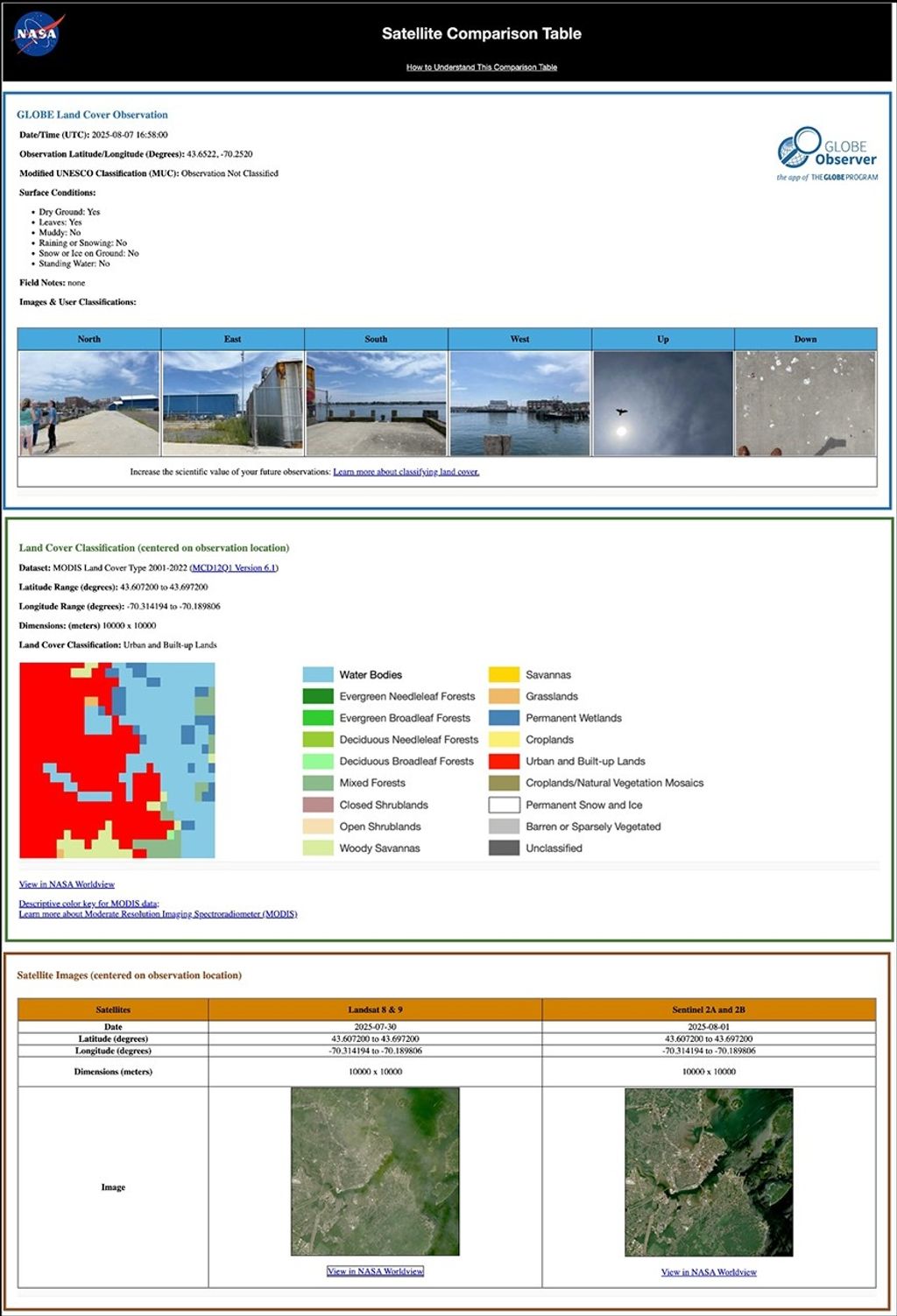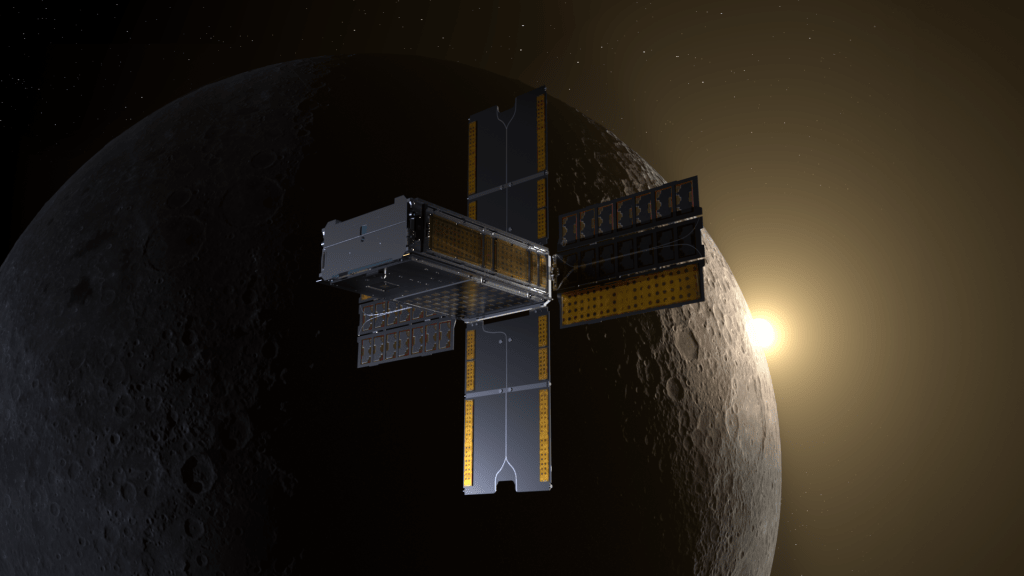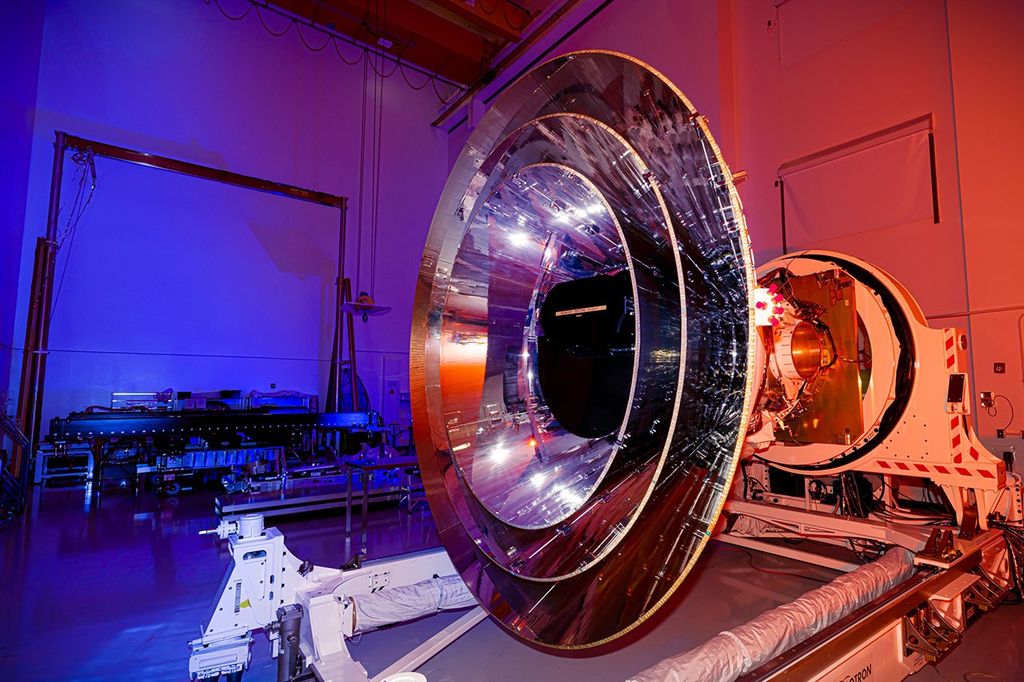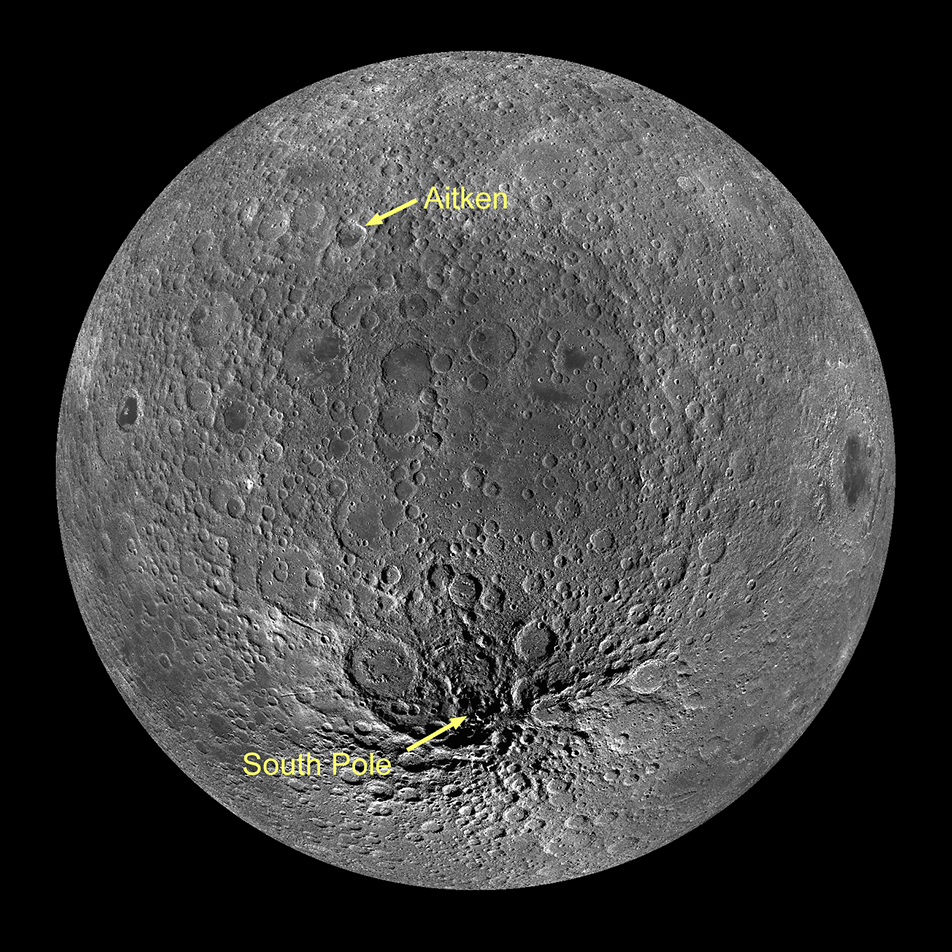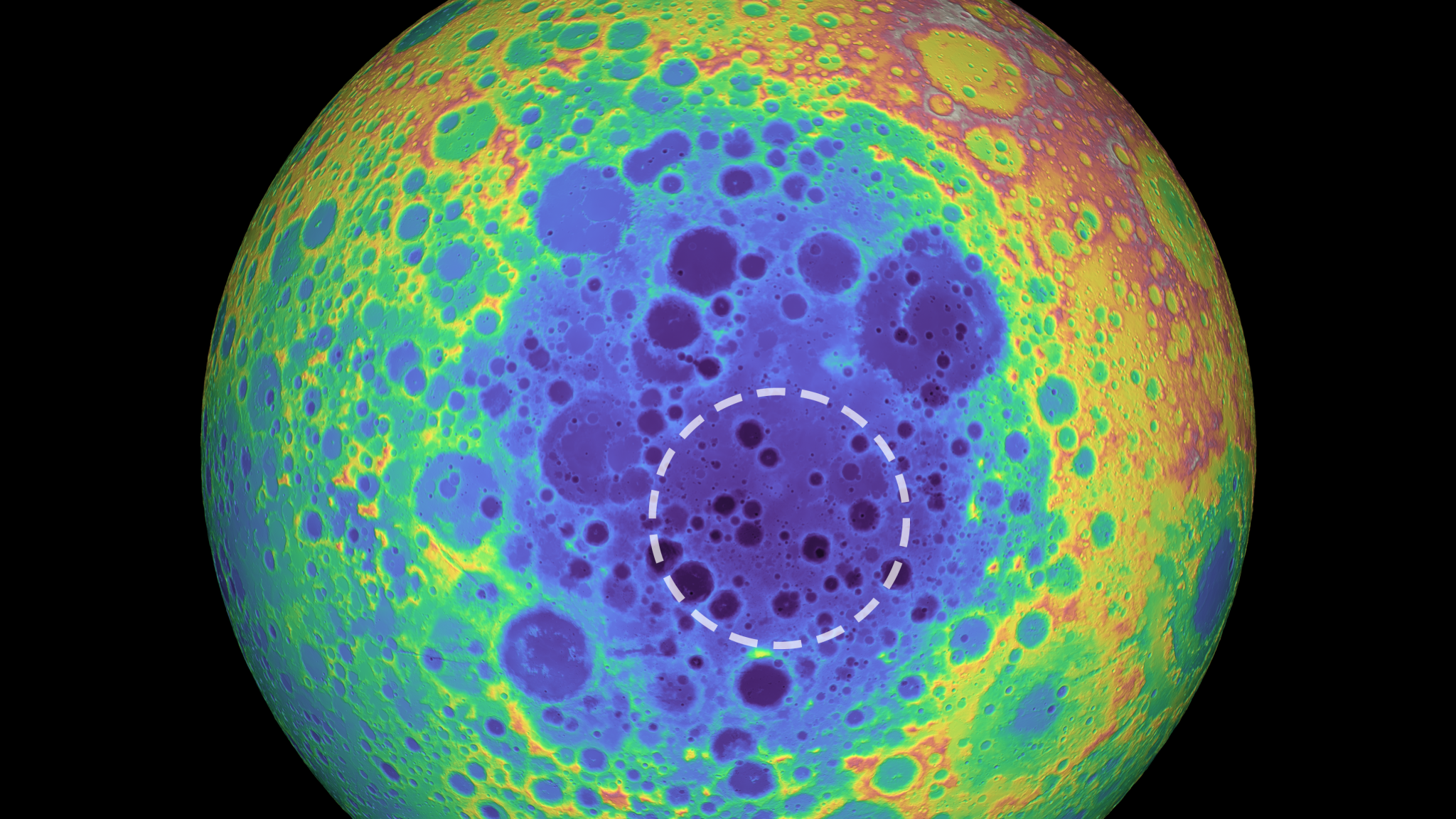What is the South Pole-Aitken Basin?
The South Pole-Aitken basin (SPA) is the Moon’s largest impact feature, named because it spans the territory from the small Aitken crater to the Moon’s south pole, or nearly a quarter of the Moon's surface. Its diameter is more than 1550 miles (2,500 km), or about the distance from Waco, Texas to Washington, DC., making it the largest impact crater that we know of in the solar system. It’s located on the far side of the Moon, so from Earth we can see it only as a bit of a mountain chain on the Moon’s southern edge. On average, the basin is about 6 miles (10 km) deep.
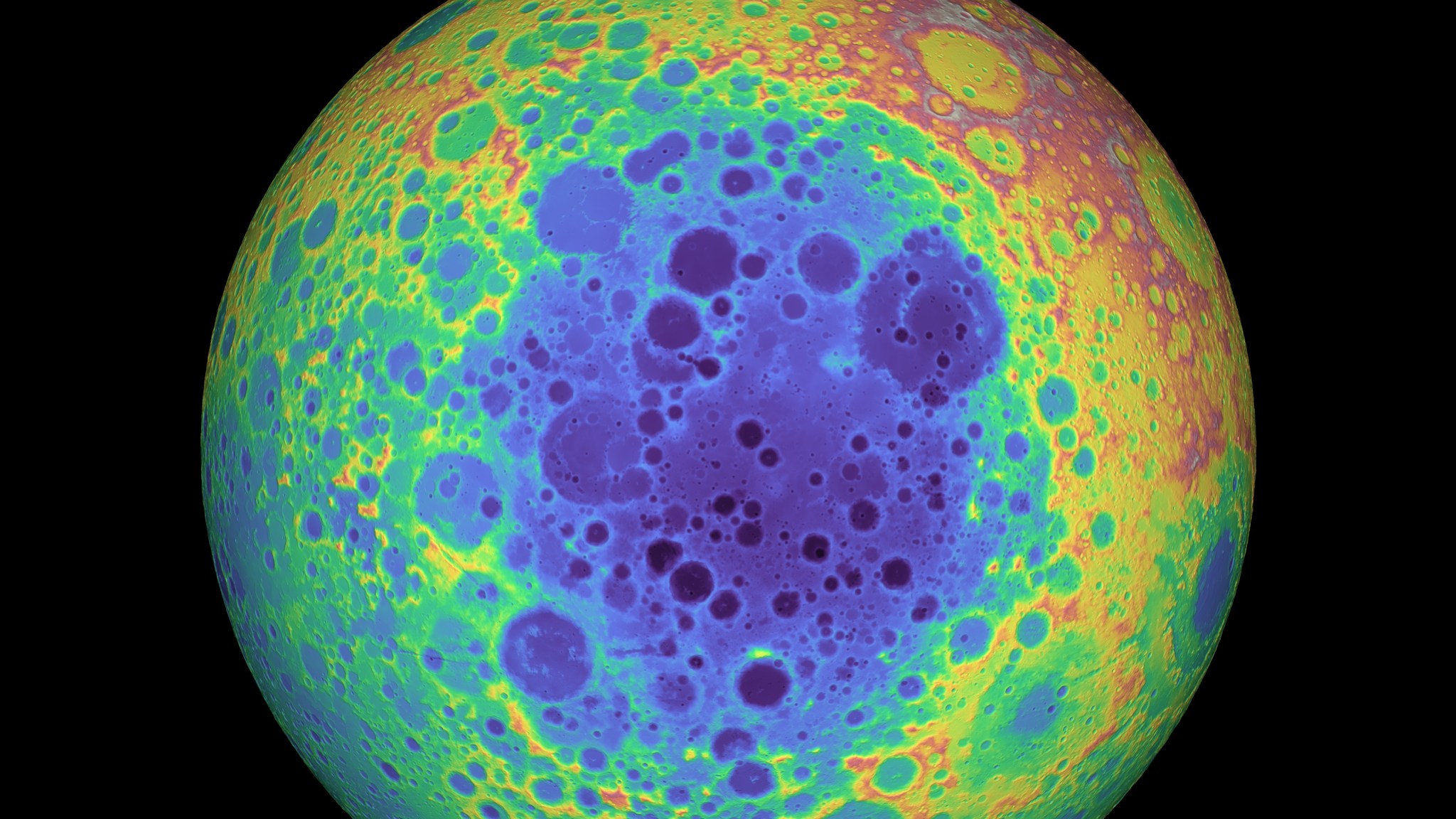
The basin is thought to have formed approximately 4 billion years ago, which would place it around the time of the Late Heavy Bombardment. The impact that created it might have been devastating enough to roll the Moon, removing so much material that the destabilized Moon shifted on its axis to adjust to the lower mass.
The SPA impact could also be responsible for some of the Moon's most significant features. One of the Moon’s great mysteries is why its sides look so different from one another. The Moon’s near side, which we can see from Earth, is covered with dark mare, created as lunar basins filled with magma and then cooled. The far side has rare, small mare, but is heavily sprinkled with craters.
Some planetary scientists think that an immense impact of some kind may have triggered the differences between the two sides. The SPA impact is a possible culprit, since it would have added a tremendous amount of energy to the Moon’s interior processes. The flood of heat could have concentrated heat-generating and rare-earth elements on the Moon’s nearside, producing a prolonged volcanic environment that would have created the vast plains of magma that cooled to form dark basaltic mare.
Recently, scientists using the gravity-mapping Gravity Recovery and Interior Laboratory (GRAIL) mission discovered a giant, mysterious mass, about five times larger than Hawaii’s Big Island, beneath the SPA basin. The object is probably enriched with metal, and is dragging the crater basin floor down by more than half a mile (0.8 km). It may be the metallic remains of the asteroid that created the basin, still embedded in the Moon’s mantle.
Another possibility is that the mass may be the result of chemical compounds called oxides accumulating as the Moon’s magma ocean cooled, but the asteroid theory is favored since it would be an odd coincidence for the mass and a massive impact site to overlap so precisely.
The South Pole-Aitken basin has a lot of riddles waiting to be unraveled and will be a prime target for sample collection and research during the Artemis missions’ exploration of the Moon’s south pole. Scientists expect that studying this basin will teach us about the history of major collisions in our solar system and help us learn when that period of collisions began and ended, a pivotal point for opening the way to the development of life on Earth.
Writer: Tracy Vogel; Science Advisors: Daniel P. Moriarty (University of Maryland at College Park), Natalie M. Curran (NASA's Goddard Space Flight Center)
All About Lunar Craters
Craters are the mark the passing universe leaves on the Moon, a cosmic guestbook. They tell us the history not only of the Moon, but of our solar system.
Learn More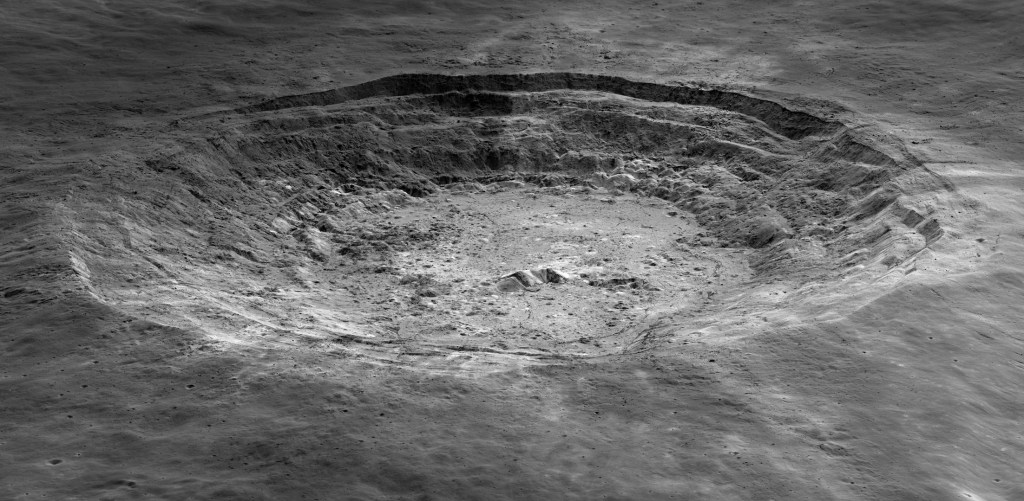
Explore Further
Expand your knowledge about lunar craters.
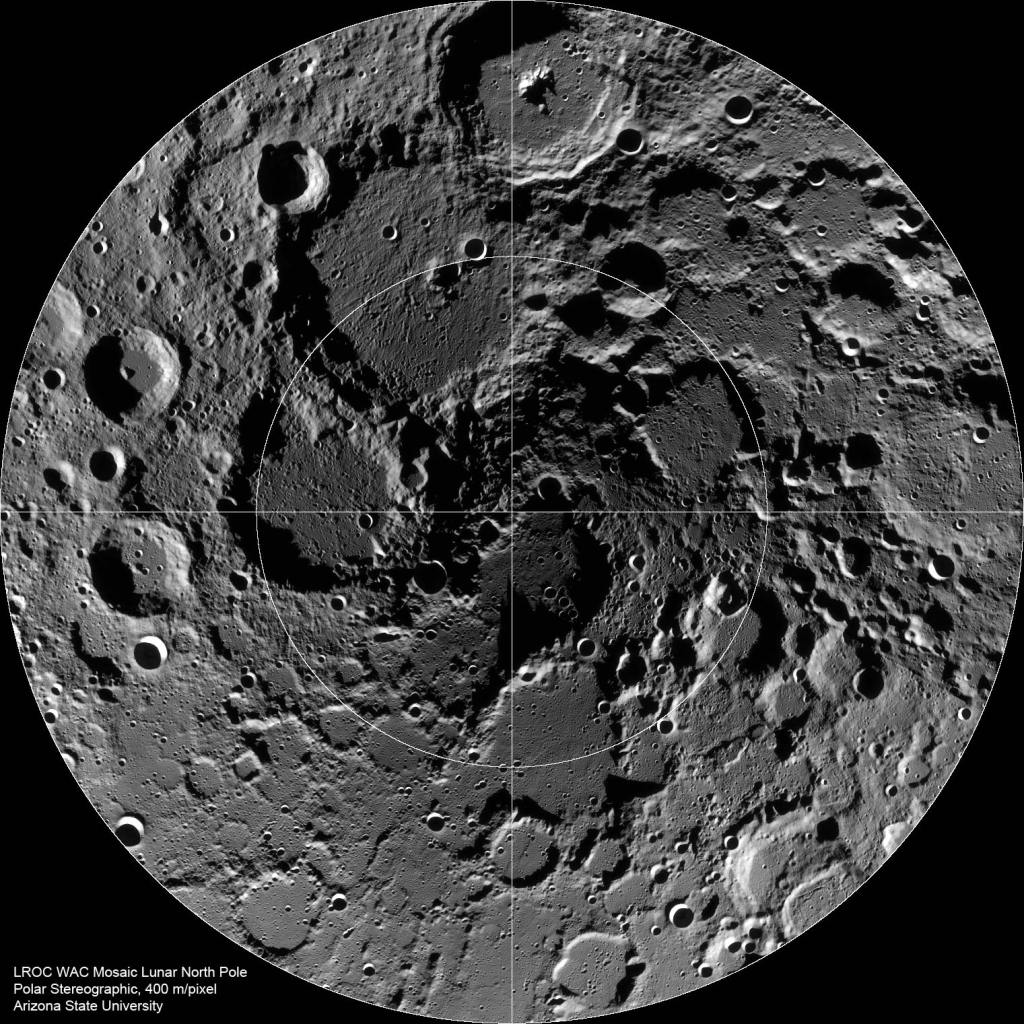
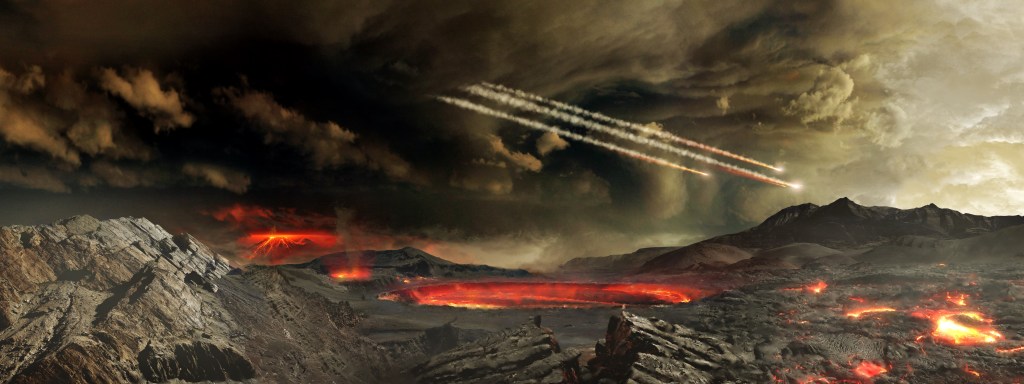
What is the Late Heavy Bombardment?
Lunar craters give scientists a peek into our solar system’s asteroid-pummeled past.
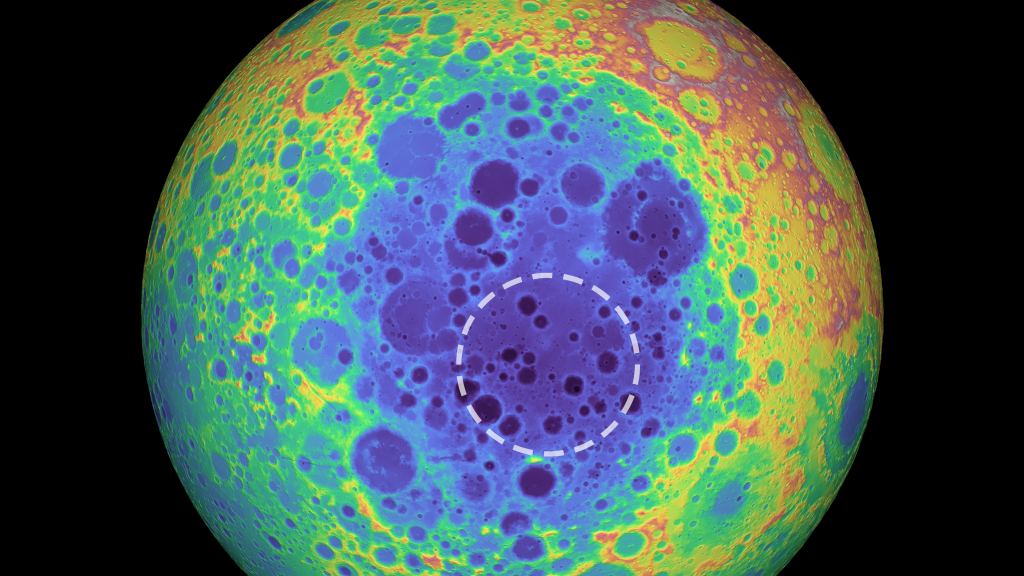
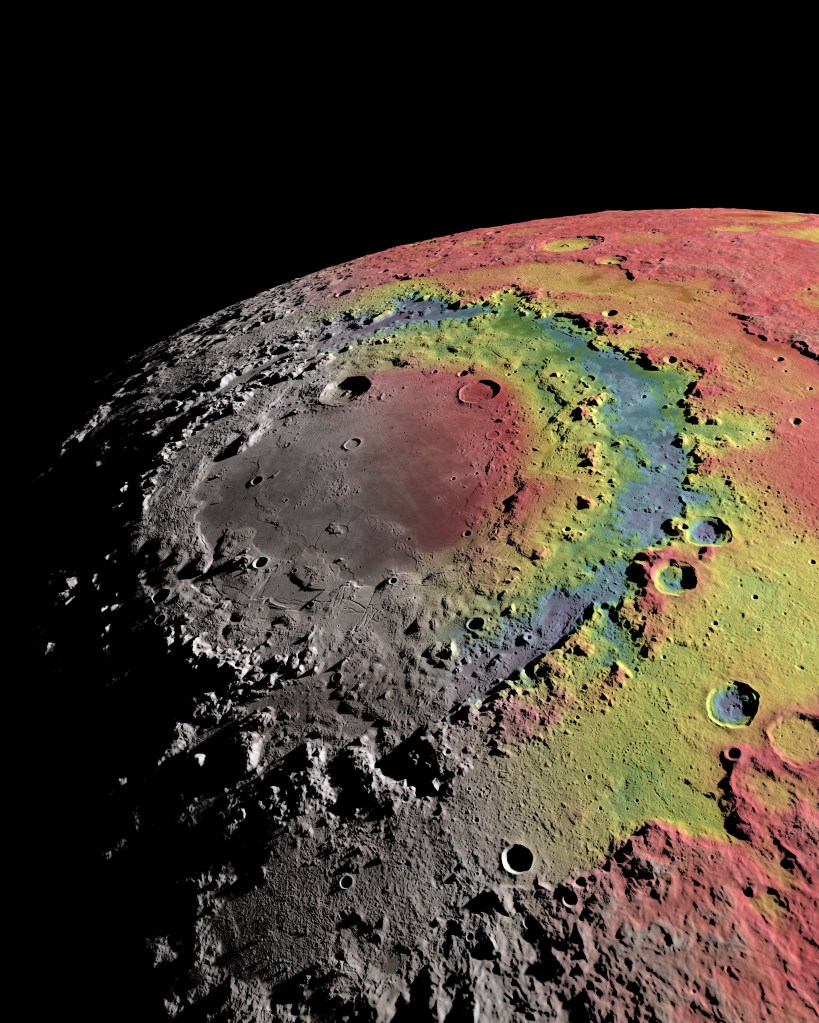
The Explosive History of Orientale Basin
The Moon’s Orientale basin demonstrates the violence of a tremendous lunar impact.






